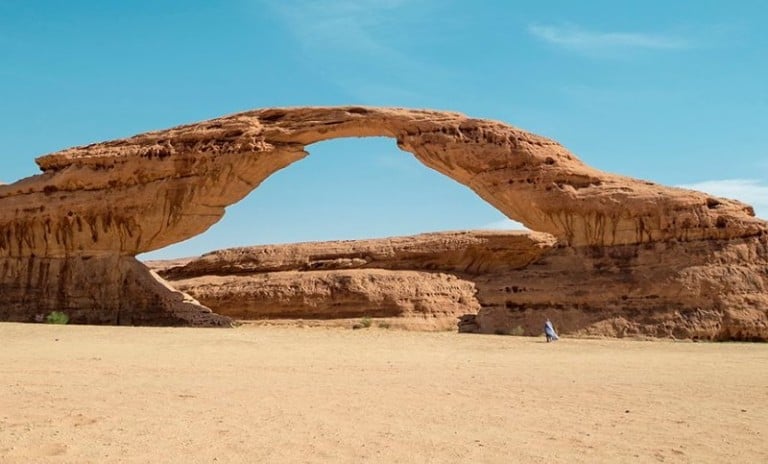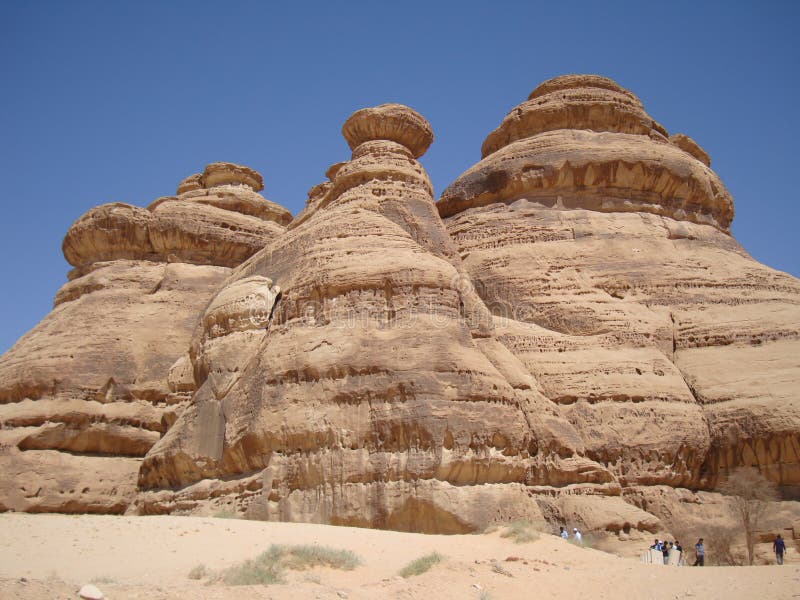

Al-'Ula now became the major settlement of the region again until modern times. In the 13th century the old city of Al-'Ula was built and many stones of the old Dedanite and Lihyanite ruins were reused. It thrived from around 650 until it declined at some time before 1230. The power centre of the region thus shifted to Hegra some 22 km (14 mi) to the north of Al-'Ula.Īl-Mabiyat some 20 km (12 mi) away near Mughaira became the next commercial centre of the region. The Nabataeans made Hegra, the modern Mada'in Salih, their second capital. The Nabataeans were the lords of the region at least until 106 AD when the Romans conquered their capital Petra. The next four hundred years, until around 100 BC, were the time of the Kingdom of Lihyan. One of the Nabataean tombs from the Madain Saleh necropolis It is thought that around the turn of the fifth century BC the kingdom became hereditary. In these it is told how Nabonidus the king of Babylonia made a military campaign to northern Arabia in 552 BC or somewhat later, conquering Tayma Dedan and Yathrib (Medina). Dedan is mentioned in the Harran Inscriptions. The Dedanite kingdom spans the seventh and sixth centuries BC. The older history of the oasis has been divided into several phases. Al-'Ula stands on the site of the Biblical city of Dedan but was founded with the ancient north Arabian kingdom of Lihyan, which ruled from the 5th to 2nd century BC.

It was located along Incense Road, the network of routes that facilitated the trading of spices, silk and other luxury items through the kingdom of Axum, Arabia, Egypt, and India. The walled city of Al-'Ula was founded in the 6th century BC, an oasis in the desert valley, with fertile soil and plenty of water.

The Oasis of Al'Ula has had permenant human settlement since 5000 BC, through the Bronze Age. The area is also known for its striking landscape of rocks, canyons, and wadis, and the contrast between these dry surroundings and the lush, palm-filled oases near the city's centre.Īl-'Ula was once a key stop on the Hejaz Railway, linking Damascus to Medina. In addition to the ancient old town, a more recent historical city, displaying the settlement patterns of Arabic-Islamic urbanism, remains occupied and is currently experiencing a renaissance. The city (municipality) covers 2,391 square kilometres (923 sq mi), and has a population of 5,426. The city is located 110 km (68 mi) southwest of Tayma and 300 km (190 mi) north of Medina.

Today, the city of Al-'Ula is within the Governorate of Al-'Ula ( Arabic: مُحَافَظَة ٱلْعُلَا, romanized: Muḥāfathat Al-ʿUlā), one of seven constituent counties of Medina province. Al-'Ula was also the capital of the ancient Lihyanites (Dedanites). Meanwhile, the ancient walled city of Al-'Ula ("Old Town"), situated near the oasis that allowed for its settlement, contains a dense cluster of mud-brick and stone houses. Built more than 2,000 years ago by the Nabataeans, Hegra is often compared with its sister city of Petra, in Jordan. Saudi Arabia's first UNESCO World Heritage Site, Hegra (also known as Al-Hijr, or Mada'in Salih), is located 22 km (14 mi) north of the city, in Al-'Ula governorate. The immediate vicinity contains a unique concentration of precious artifacts, including well-preserved ancient stone inscriptions that illustrate the development of the Arabic language, and a concentration of rock dwellings and tombs that date from the Nabatean and Dedanite periods that coincided with Greco-Roman influence during classical antiquity. Situated in the Hejaz, a region that features prominently in the history of Islam as well as several pre-Islamic Semitic civilizations, Al-'Ula was a market city on the historic incense route that linked India and the Gulf to the Levant and Europe. Coordinates: 26☃7′N 37★5′E / 26.617°N 37.917☎ / 26.617 37.917Īl-'Ula ( Arabic: ٱلْعُلَا al-ʿulā), sometimes stylized in English as AlUla, is an ancient Arabic oasis city located in Medina province of northwestern Saudi Arabia.


 0 kommentar(er)
0 kommentar(er)
